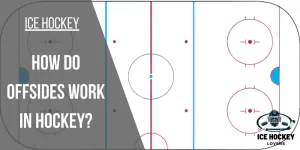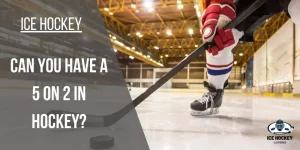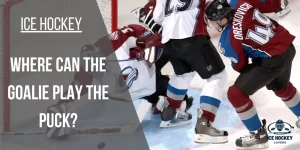The Ultimate Guide to NHL Waivers!
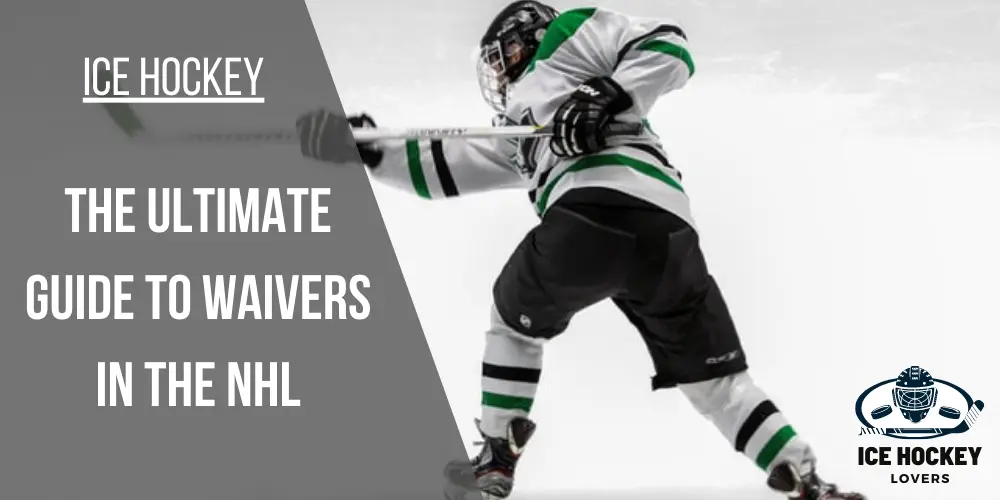
Regarding NHL management procedures and rules, what do you know about waivers in the NHL? In the simplest terms, it is an exchange of players, but what is it actually?
The NHL waiver is a process through which a player who has met some defined requirements is sent to the minor league. But before a player on waivers, placed on minors is offered to all other NHL teams. If any team claims him as its rooster, the claiming team has to give a player his existing contract, and the player’s previous team contract will be cut off.
Let’s take a closer look at NHL waivers. What are the types of waivers, and how do waivers work in NHL?
NHL waivers were introduced in the 1950s through the Intra League drafts by which weaker teams could draft players from other teams.
Table of Contents
What are Waivers?
Waivers are a transfer process. When a player has played a certain number of years and has reached some level of experience, he is sent from the NHL league level to the minor group, and his contract is transferred to the team that claimed him. This is known as being put on waivers.
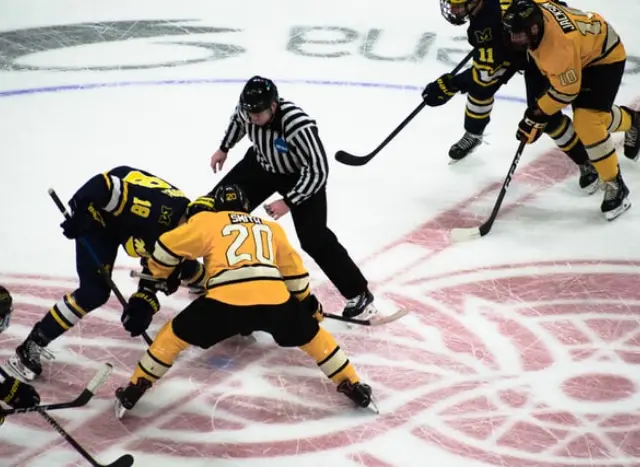
Every NHL team can sign up to 50 players each, but only 23 players are allowed on the NHL roster. So, the NHL teams send the remaining 27 players to the minor league teams in the NHL.
Types of Waivers
Before further details, it is essential to know the types of waivers. There are three types.
- Regular Waivers
- Unconditional Waivers
- Re-entry Waivers
1. Regular Waivers:
Regular Waivers are waivers when an NHL team intends to send a player to the minor league. A player reassigned from NHL to the AHL has to go through waivers (unless exempt). Although waivers let other teams take the rights of a player.
2. Unconditional Waivers:
They give him an unconditional waiver if a team wants to abort a player’s contract. They do this to buy out a player’s contract. This is almost the same as the regular waivers, but the team still needs to put a claim on this type of waiver. This type of waiver can only happen in the June 2-week window.
3. Re-entry Waivers:
These were originally the CBA product before 2012 and had no longer any effect or connection to the current 2013 CBA. They are designed to stop teams from stowing ringers in the AHL.
The current Wade Redden Rule states that with the purpose of teams estimating a player’s average salary, one-way contract players’ average salary must be higher than the NHL minimum of $375k.
When do Players Get Put on Waivers?
Players may be put on waivers throughout the year, but the significant period when the players get placed on waivers is right before the regular NHL season starts, usually, 12 days before the day the teams’ playing season starts.
The NHL teams invite the rosters to their training camps when the season starts. During these training camps, the players not included in the team go to the minor league teams. Some players are transferred to minor leagues without being claimed, while others are claimed every season.
This activity occurs at the start of the season, but there are also other reasons players get put on waivers during the year. If a player’s performance is not going well at the NHL level, he will be transferred to minors, especially if the minors have a player playing well.
Secondly, if a player gets injured and cannot play at the NHL level, a player is called from the minor level. When the injured player is back, and the minor player has played for more than 30 days, he is “waived”.
Why do Teams put Players on Waivers?
As mentioned above, waivers were of three types, now two. The reason why a team puts a player on the waiver is related to the player’s performance.
If a player’s performance is not going well and the team is not benefitting from him, the team will try to bring in a better player. This is done through waivers because a team cannot terminate a contract. After all, the NHL guarantees players’ contracts.
So, the player is sent to the minor league, and a better performer is brought up.
How Long Does a Player Stay on Waivers?
Players usually stay on waivers for 24 hours, extendable to 48 if it is a weekend. The teams will have 24 hours to put a claim on him, and if none of the teams claims him, he is assigned to the team’s minor league affiliate in the NHL.
What Does it Mean to Clear Waivers?
If no team claims a player on waiver within 24 hours, it means that he has cleared the waivers, and now the team can assign him to the minor leagues in AHL.
How Does a Player Get Claimed on Waivers?
If a team submits a claim during the waiver period, that team will purchase the player’s contract by the end of the waiver period. If multiple teams claim the player, the team with the highest priority gets the player, which means the team with the lowest points in the NHL standings receives the claim.
Now, what is the responsibility of the teams laying the claims? The teams have two necessary conditions to fulfill:
- They have to take the complete contract of the player.
- They have to keep the player on their roster for the whole season.
Due to this, generally, teams go to trade the players because sometimes, teams cannot afford to provide that complete salary as in the contract. Therefore, their load is divided through trading the players.
The teams also cannot put the claimed players in the minors; instead, they must be kept on the rosters throughout the season. All the teams can claim the players put on waivers, but they also have to follow specific regulations.
Are Waivers ever a Good Thing for the Players?
Waivers are suitable for some players and are not good for others. It usually depends upon the condition and the situation in which it is made.
They give a chance to the players to move up and try their skill set in different environments. Waivers also ensure that the talent is not pooled in just one team; the other teams also benefit, and the competition remains fair and square.
The players also play with other organizations and different people, which may help polish their skills.
Are All Players Eligible? Waiver Exemptions
All the players are not eligible for waivers. The non-eligible ones are called to be waiver-exempt. Generally, all the developing players are exempt from waivers. They are assigned to the minor leagues and may be recalled.
Other factors which exempt players from the waivers are:
- Number of years under contract
- Games played
- Players having a “no movement” clause in their contracts
- Players on emergency recall
- Players on a conditioning assignment
- Players who have recently undergone waivers
Any player fulfilling the aforementioned conditions will not be eligible for the waivers.
Do Waive Players Get Pay?
Waive players get their pay according to their contracts. If a player has signed a two-way contract, he will receive the same payment regardless of if he is playing with the NHL or the minor league, while players who sign one-way contracts have additional income in the NHL and are different in the minor league.
Exempt Waivers on Emergency Basis Waivers
If there is an emergency, for example, in case of an injury where the team falls short of the required number of players on the NHL roster, then an emergency player can be called.
Such an emergency player is called exempt from the waivers until his tenth game, which means he can be transferred back to the minors without waivers before completing the first ten games. After the 10th game, the player will be subject to the waivers for sending back. So, this is all about the waivers and how they work.
Frequently Asked Questions
What if a lot of teams put a claim on a player? Who will get the player?
In case a player is placed on the waiver before November 1, then the waiver’s claim order will be decided by the reverse standings according to the previous season. This implies that if a team submitted a claim, at last, it would be the first one to put a claim on the waiver player.
Moreover, if a player is placed on waiver after November 1, the claim order will be determined by the current season standings.
Conclusion
Although NHL waiver rules are not easy to understand, they benefit the league and all teams. It’s an NHL system of giving a surety that no team can put aside talented players and transfer them to the minor league when not needed. A helpful way of bringing balance to the league and teams.

Who is Austin Taylor?
Meet Austin Taylor, your go-to source for everything ice hockey! With a passion for the sport that’s as deep as the ice itself, Austin Taylor brings you concise, expert insights and nitty-gritty details on all things hockey. From gear reviews to strategy breakdowns, Austin Taylor is your trusted guide to navigating the exhilarating world of ice hockey. Get ready to lace up your skates and dive into the game with Austin Taylor as your ultimate companion.


